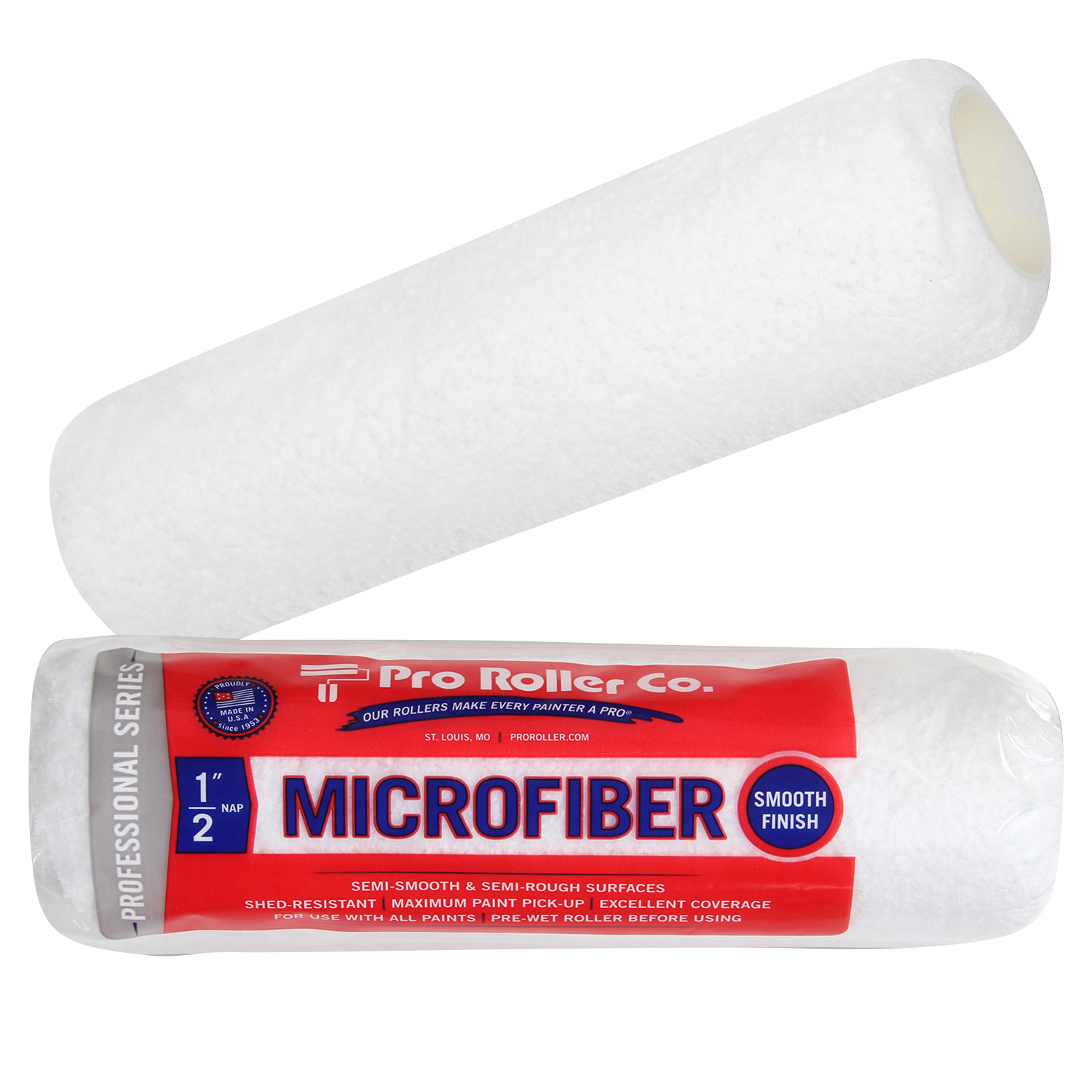When it comes to painting projects, the quality of the tools you choose can significantly impact the outcome. One such indispensable tool is the Lambswool Roller, renowned for its superior painting abilities and finish. Whether you’re a professional painter or a DIY enthusiast, understanding why a lambswool roller should be part of your toolkit is crucial for achieving top-notch results.
The Superiority of Lambswool
Lambswool rollers are crafted from the natural fibers of lamb’s wool. This material is not only durable but also exceptionally effective in holding and releasing paint. Here are some of the distinct advantages of using a lambswool roller:
-
Exceptional Paint Absorption and Release: Lambswool fibers can hold a significant amount of paint, which means you can cover more surface area with fewer trips to the paint tray. This leads to a quicker and more efficient painting process.
- Smooth Finish: The natural fibers ensure a smooth application, reducing the occurrence of streaks or lines. This is particularly beneficial when working with gloss or semi-gloss paints where finish quality is paramount.
- Versatility: Whether you’re dealing with oil-based or water-based paints, lambswool rollers perform excellently. Their natural fibers adapt well to different types of paint, making them a versatile choice for various painting projects.
-
Durability: Lambswool is known for its resilience and long-lasting quality. A lambswool roller doesn’t shed its fibers easily, ensuring that your paint finish remains clean and smooth without unwanted debris.
Best Practices for Using a Lambswool Roller
To maximize the benefits of a lambswool roller, consider the following tips:
-
Proper Preparation: Before using a new lambswool roller, prep it by washing it in lukewarm water and spinning out the excess. This removes any loose fibers and primes the roller for paint absorption.
- Appropriate Loading: Dip the roller lightly into the paint, allowing it to fully saturate but not drip. Roll it along the tray’s ridges to distribute the paint evenly.
- Even Application: Apply the paint in a “W” or “M” pattern, then fill in the gaps with straight, controlled strokes. This technique helps achieve an even coat without over-application.
- Regular Cleaning: Clean your lambswool roller after each use to maintain its effectiveness. For water-based paints, rinse with water, and for oil-based paints, use the appropriate solvent. Allow the roller to dry completely before storage.
Conclusion
A lambswool roller is more than just a painting tool; it’s a critical component for achieving a professional-looking finish. Its capacity to hold and release paint efficiently, coupled with its durability and versatility across various paint types, makes it an essential item for any painting project. By following best practices in using and maintaining your lambswool roller, you can ensure superior results and a smoother painting experience. Remember, the right tools not only ease the process but also enhance the final outcome, making your investment in a high-quality lambswool roller well worth it.



